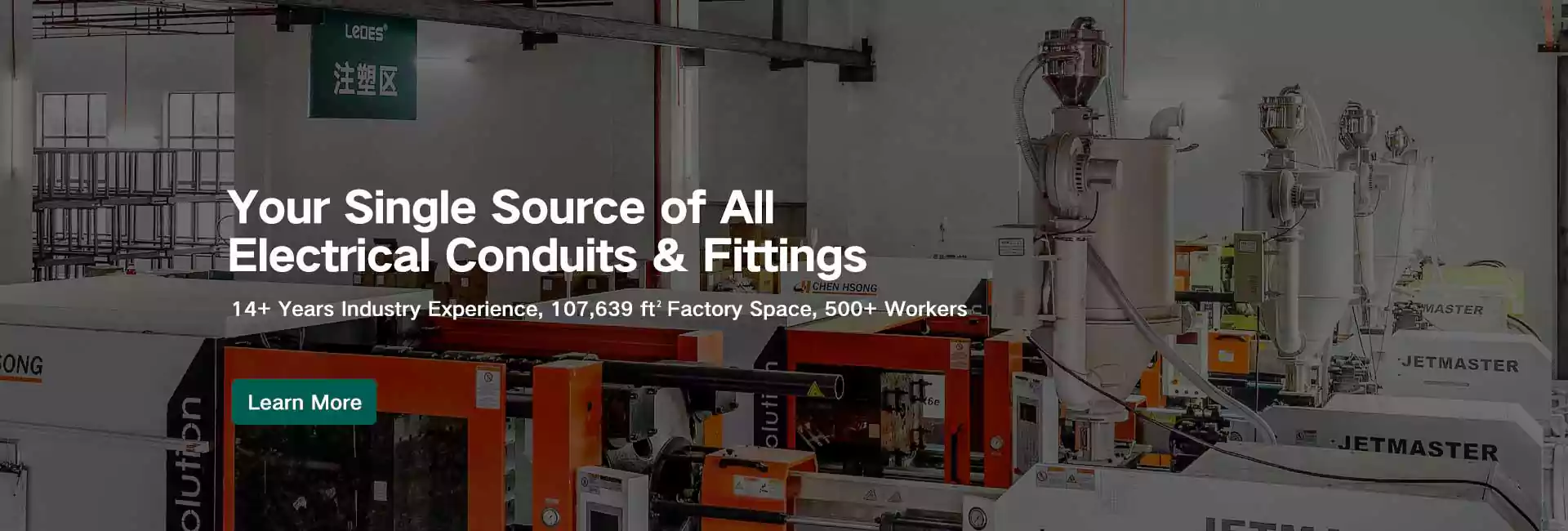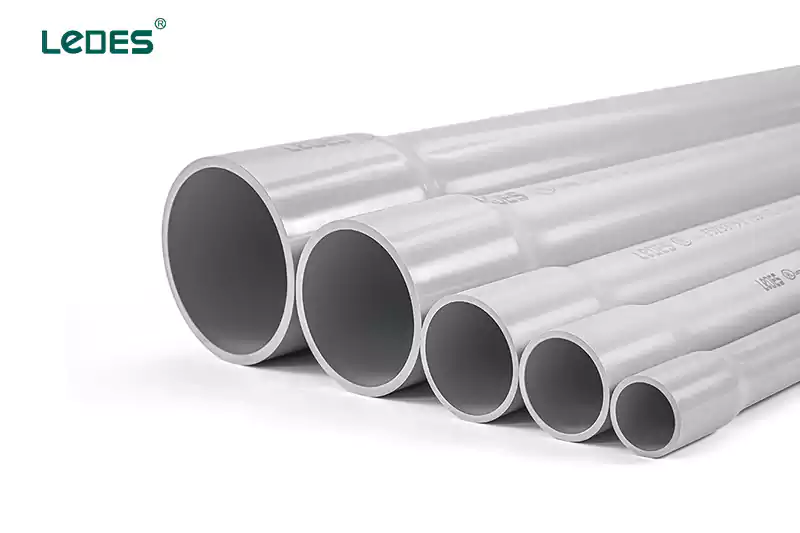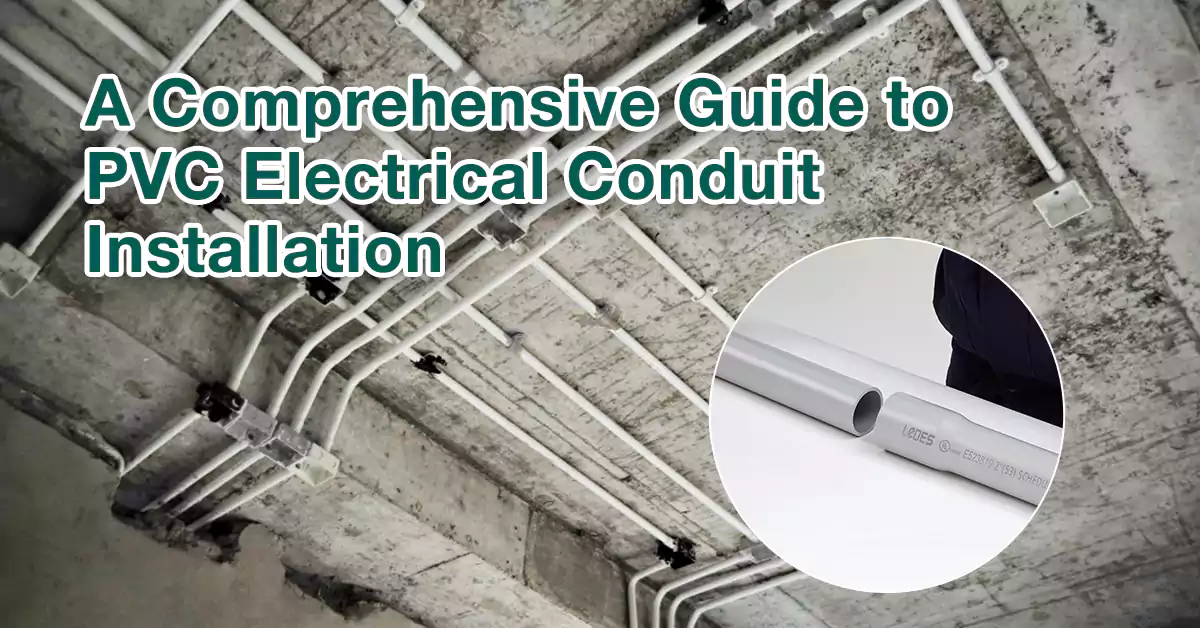
目录
电气系统是复杂的网络,在安装过程中需要一丝不苟地注意细节。此过程的一个关键方面是 PVC 电气导管的安装。PVC 导管用作电线的保护外壳,保护电线免受潜在损坏,并为电线的安全运行提供安全通道。
正确安装 PVC 电线管的重要性再怎么强调也不为过。在使用 PVC(聚氯乙烯)电线管时尤其如此。正确安装 PVC 电线管对于确保电气系统的安全性、效率和使用寿命至关重要。在本文中,我们将探讨正确安装 PVC 电线管的重要性,并深入探讨所涉及的基本步骤。通过了解正确安装的重要性,您将掌握成功安装符合安全标准并提供可靠电气基础设施的 PVC 电线管的知识。
电气安装是一项复杂的工程,需要仔细注意细节。在安装 PVC(聚氯乙烯)电气导管时,在开始安装过程之前需要考虑几个关键因素。了解和解决这些考虑因素对于确保电气系统安全高效至关重要。
安装 PVC(聚氯乙烯)电线管时,遵守电气规范和规定至关重要。这些规范和规定制定了行业标准,以确保电气系统安全、正确地安装。
电气规范和法规为导管安装的各个方面提供了指导方针,包括间距、支撑、接地和接线方法。遵守这些标准不仅可以确保电气系统的安全,还有助于防止违反法规、潜在事故和运营效率低下。
国家电气规范 (NEC) 是美国广泛认可的电气安装标准。它涵盖了与电气系统相关的广泛主题,包括导管安装。NEC 的一些相关部分包括:
第 352 条:硬质聚氯乙烯导管(PVC)
第 358 条:电气金属管 (EMT)
第 362 条:电气非金属管(ENT)
第 376 条:金属线槽
第 390 条:地板下的线槽
第 352 条:硬质聚氯乙烯导管(PVC):
本文介绍了硬质 PVC 导管的要求,包括安装实践和允许的用途。
它规定 PVC 导管应以一定长度的不同尺寸间隔牢固地固定和支撑。
它根据所安装导体的尺寸和类型概述了 PVC 导管的最大填充容量。
它为地下使用 PVC 导管时的埋深提供了指导。
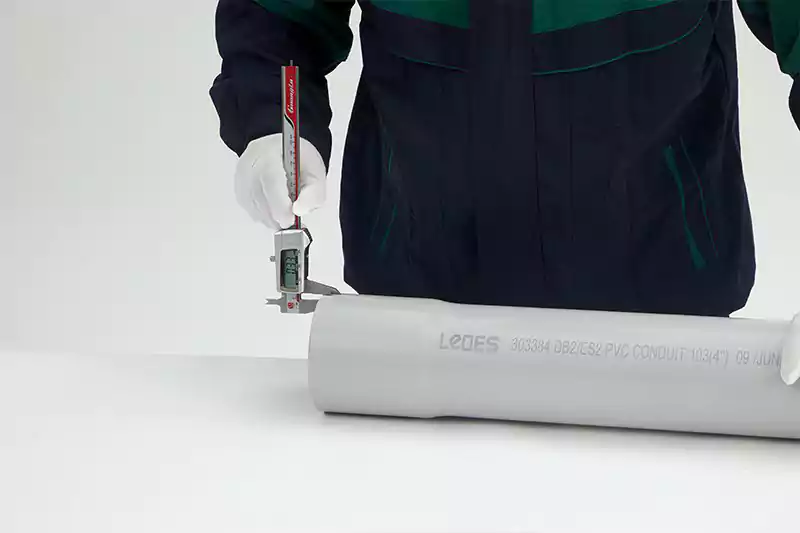
在进行安装之前,需要规划两件事。
- 可访问性:确保导管路线易于安装、维护和将来的修改。
- 障碍:识别并解决可能妨碍导管安装的任何现有基础设施或结构元素。
- 环境考虑:选择适合环境条件的导管材料,例如温度、湿度或腐蚀性物质。
- 电缆拉动:尽量减少导管路线中的急弯和急转弯,以便于安装过程中顺利拉动电缆。
- 电线容量:考虑未来的扩展需求,确定导管需要容纳的电线数量和尺寸。
- 填充比:遵守电气规范和标准来确定 PVC 导管允许的最大填充比。
- 电压降:选择可最大限度减少电压降的导管尺寸,尤其是对于长导管运行或大电流应用。
- 弯曲半径:确保所选的导管尺寸具有适当的弯曲半径,以避免安装过程中电线损坏。
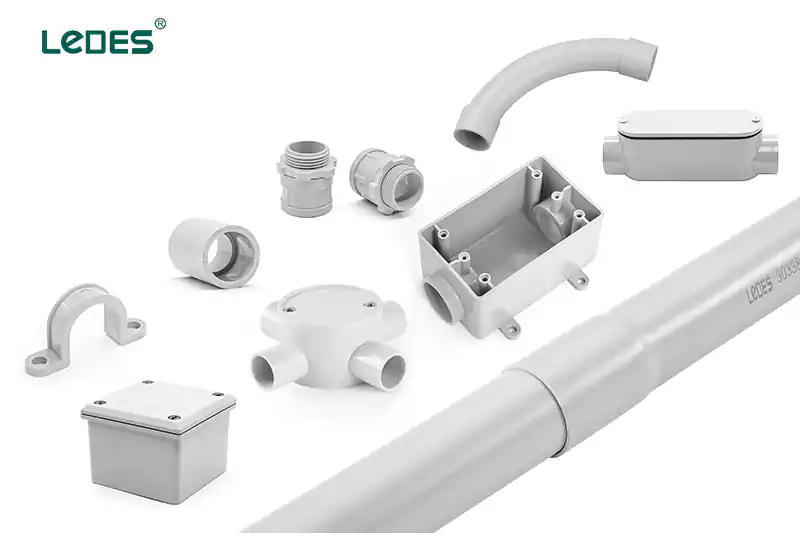
在安装 PVC 电气导管之前,请考虑选择合适的导管配件和附件。这些组件对于确保导管系统安全且功能正常起着至关重要的作用。选择导管配件和附件时,请考虑以下方面:
- 类型和尺寸:选择与 PVC 导管兼容并与所使用的导管尺寸相匹配的配件(例如弯头、接头、连接器)。
- 材料:确保配件由适合目标环境的耐腐蚀耐用材料制成。
- 螺纹类型:验证配件是否具有适当的螺纹类型(例如,NPT - 国家管螺纹)以实现安全连接。
- 导管接头类型:考虑安装所需的接头类型,例如溶剂焊接接头或压缩配件,并相应地选择配件。
- 可访问性:如果安装需要将来进行维护或拉线,请选择易于拆卸和重新组装的配件。
- 导管支撑:选择合适的支撑,例如带子、吊架或夹具,以牢固地固定并定期支撑导管。
- 衬套和索环:使用衬套或索环保护电线在导管入口或出口处免受磨损和损坏。
- 导管体:选择导管体(例如 LB、LL、LR、T)以便于改变方向、提供接入点或容纳导管系统内的电线接头。
- 接地和接合:考虑使用接地套管、接合跳线或接地夹,以确保导管系统正确接地和接合。
- 伸缩接头:如果管道运行受到温度变化的影响,请选择伸缩接头来适应热膨胀和收缩。
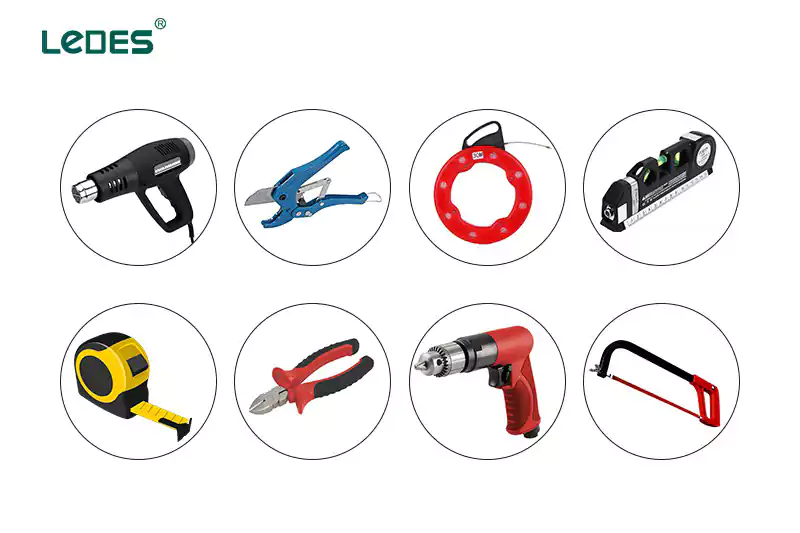
要成功安装 PVC 电线管,您需要以下基本工具:
导管弯曲器(例如热风枪)用于在导管中形成弯曲,从而实现平滑布线并避免尖角或扭结。
导管切割器用于精确切割 PVC 导管至所需长度。确保切割干净、精确。
在安装过程中,需要使用螺丝刀来拧紧导管配件、固定导管夹以及执行其他紧固任务。
鱼带,又称拉线,用于引导电线穿过导管。它有助于电缆的牵引和布线。
水平仪有助于确保导管水平或垂直安装,保持整洁和专业的外观。
卷尺对于准确测量导管长度、弯曲角度以及确保支撑之间的适当间距至关重要。
钳子是一种多功能工具,可用于在导管安装过程中夹持、扭转和切割电线。
如果没有导管切割器,可以使用钢锯或 PVC 管切割器来切割 PVC 导管。
需要用钻头来为导管带、安装支架和其他必要的附件钻孔。
这些工具将帮助您有效地安装 PVC 电线管,确保正确的布线、安全的连接以及安装的整洁。
使用卷尺标记将要安装导管的位置,包括入口和出口点、弯头、接线盒和支架。
确保标记的区域与您计划的导管路线对齐。
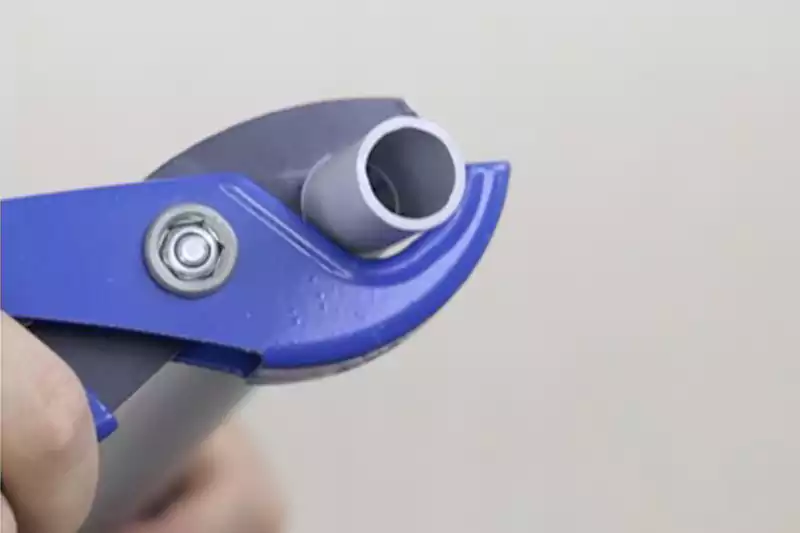
根据您的标记测量每个导管部分所需的长度。
使用导管切割器或钢锯在导管上进行干净、笔直的切割。
使用去毛刺工具去除所有毛刺或锋利的边缘。
将适当的导管配件(例如弯头、联轴器或连接器)连接至导管部分。
确保配件牢固固定以提供紧密可靠的连接。
沿着导管路线定期安装导管带或导管夹。
使用螺钉或锚固件将支架固定到安装表面,例如墙壁或天花板。
将导管部分和配件连接在一起,确保紧密贴合。
在连接配件之前,先在配件内部涂抹 PVC 导管胶水或胶水,以确保防水密封。
按照制造商的说明来使用胶水并确定其干燥时间。
将鱼带或拉线连接到导管系统的起点。
小心地将鱼带穿过导管,并沿着所需的路径拉动。
如果有必要,请使用润滑油来简化拉线过程。
将电线连接到鱼带上并将其拉过导管,确保它们没有拉紧或损坏。
根据电线接头、方向改变或接入点的需要安装导管体、接线盒或其他配件。
使用适当的配件和硬件将配件牢固地固定到导管上。
仔细检查所有连接,确保它们正确对齐、牢固且没有任何间隙或松动。
使用螺丝刀或适当的工具拧紧任何松动的配件或紧固件。
检查整个导管系统,确保其正确对齐、牢固安装并符合安全标准。
检查是否有任何可见的缺陷,例如错位或导管损坏。
确认电线在导管内排列整齐且得到适当支撑。
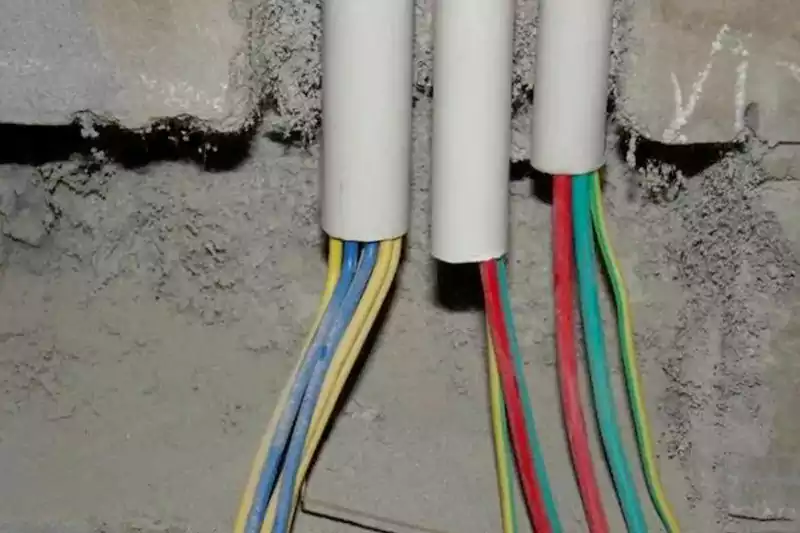
在PVC电工套管的安装中,“接线、拉线”这一步骤主要包括以下几个方面:
在安装导管之前,需要准备电缆。这包括剥去电缆的外绝缘层以露出各个导体。可能还需要剥去导体的末端以确保正确的电气连接。
将电缆穿过导管可能是一项艰巨的任务,尤其是当导管很长或有多个弯头时。以下是一些简化此过程的技巧:
- 润滑:在电缆上涂抹合适的润滑剂可以减少摩擦,使拉动更容易。
- 适当的弯曲半径:确保电缆弯曲的半径不超过其建议的弯曲半径,以免损坏绝缘层或导体。
- 牵引工具:可以使用各种工具(例如电缆牵引夹或鱼带)来协助将电缆拉过导管。
- 正确的电缆分组:拉动之前将电缆分组在一起可以使过程更顺畅并防止缠结。
为确保安全性和维护的便利性,在导管系统内保持适当的电缆管理至关重要。以下是一些注意事项:
- 足够的导管尺寸:导管应具有足够的空间来容纳电缆,而不会造成过度压缩或弯曲。
- 电缆间距:应在管道内保持电缆之间的适当间距,以防止过热和干扰。
- 固定电缆:应使用适当的支架或夹具将电缆牢固地固定在导管内,以防止过度移动或拉伤。
- 标签:建议对电缆两端都进行标签标记,以方便日后识别和排除故障。
正确使用配件和连接件对于 PVC 电线管的安装至关重要。它们在安装过程中起着重要作用。
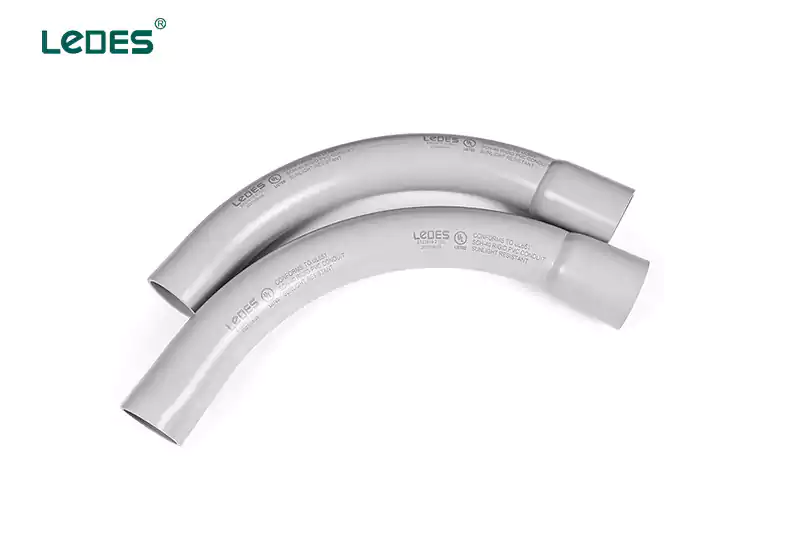
使用弯曲工具创建精确的导管弯曲对于确保正确的电缆布线和安装至关重要。弯曲工具(例如导管弯曲器或热风枪)用于将导管弯曲到所需的角度,而不会损坏其结构或完整性。精确的弯曲有助于确保顺利拉动电缆,并防止过度拉力或可能损坏电缆的急剧弯曲。或者直接使用弯头和弯管等配件。
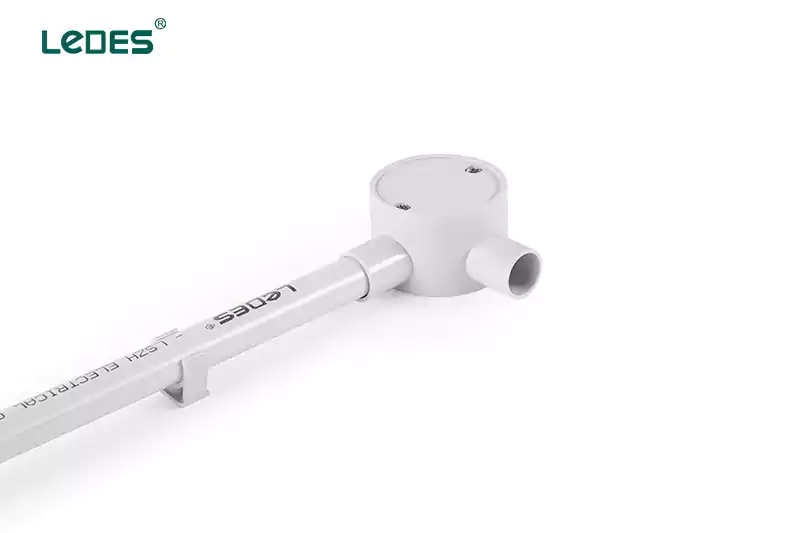
正确安装导管接线盒对于电气安全和方便接线连接至关重要。接线盒用于为电线接头、连接或端接提供安全外壳。安装接线盒时,重要的是确保接线盒的尺寸适合电缆的数量和尺寸,并且牢固地固定在墙壁或结构上。可能需要足够的密封或垫片来保持电气安装的完整性。
在某些安装中,可能需要在不同尺寸或类型的导管之间进行过渡。例如,在连接不同直径的导管或从 PVC 导管过渡到金属导管时,可能会发生这种情况。过渡配件或适配器用于促进这些变化。这些配件旨在在不同尺寸或材料的导管之间提供安全平稳的过渡,确保正确的电缆布线并保持电气安装的完整性。
接地是电气系统的一个基本方面,它通过提供一条将电气故障安全地排放到地面的路径来确保安全。在管道系统中,接地有多种用途,例如防止触电、降低电气火灾风险以及保持电气设备正常运行。接地还有助于减轻电磁干扰。
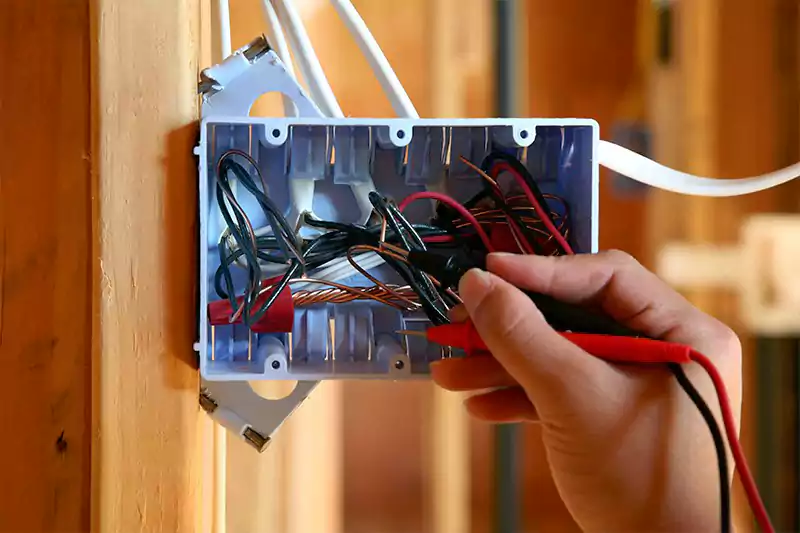
虽然 PVC 导管本身不导电,但确保连接到导管的电气设备和系统正确接地非常重要。这通常通过将与电气系统相关的金属部件(例如接线盒、外壳和接地电极)接地来实现。铜或铝接地导体用于建立到接地系统的低电阻路径。PVC 导管的接地技术可能涉及:
- 使用接地螺钉或接地跳线将金属配件、接线盒和外壳连接至接地导体。
- 根据电负荷并遵循当地电气规范和标准,适当确定接地导体的尺寸。
- 确保整个导管系统中接地路径连续且低电阻。
接地是指将金属导管各部分连接在一起,以确保电气连续性并建立可靠的接地路径的过程。它有助于防止金属部件之间出现电位差,并降低电气危险的风险。接地技术可能包括使用接地套管、接地跳线或接地带,以在整个导管系统中建立连续的金属路径。
通过了解导管系统中接地的重要性、实施 PVC 导管的正确接地技术以及确保有效连接,您可以提高电气安全性、防止电气故障并促进电气系统高效运行。
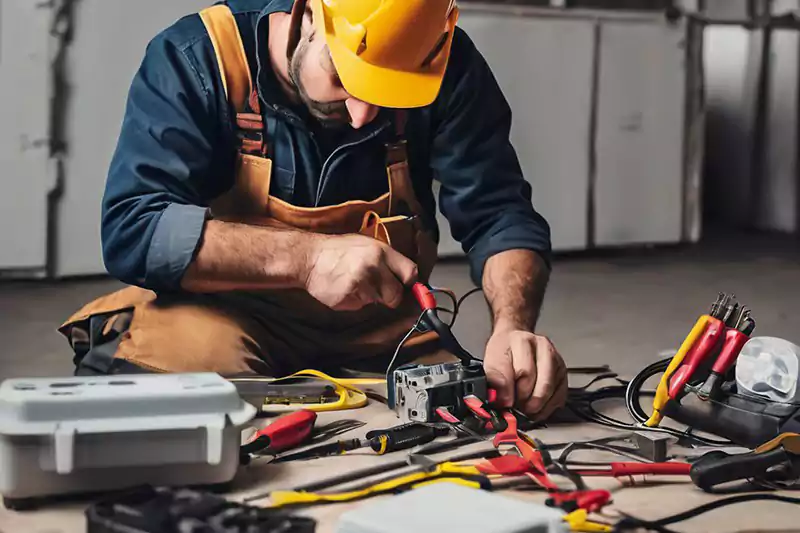
在安装 PVC 电线管时,务必注意可能出现的常见问题,并了解如何排除故障。一些常见的安装问题包括:
有时,在安装过程中,导管可能会被堵塞,导致电缆难以穿过。这可能是由于建筑垃圾、电缆管理不当或配件安装不正确造成的。为了解决这个问题,可以采取以下步骤:
- 检查导管是否有任何障碍物或堵塞物。
- 清除所有碎片或异物,清理管道。
- 确保管道内的电缆管理正确,以防止将来发生堵塞。
导管在安装过程中可能会损坏或错位,从而影响电气系统的完整性和功能。常见原因包括意外撞击、操作不当或支撑不足。要解决这些问题,请执行以下操作:
- 检查导管是否有任何可见的损坏或错位。
- 更换导管的任何损坏部分。
- 如果可能的话,拉直或重新调整未对齐的部分。
- 确保对导管进行适当的支撑,以防止将来发生损坏或错位。
导管配件和连接安装或选择不当会导致各种问题,例如电气连接不良、连接松动或电缆拉动困难。解决这些问题的方法如下:
- 检查配件和连接是否有任何安装不当或损坏的迹象。
- 更换任何有故障或安装不正确的配件。
- 确保连接正确紧固以保持电气连续性。
- 使用与导管和电气系统兼容的适当配件和连接器。
根据安装过程中遇到的具体问题,可能需要采取其他故障排除步骤。务必查阅相关的电气规范和标准,并在必要时寻求专业帮助,以确保安全可靠地安装 PVC 电线管。
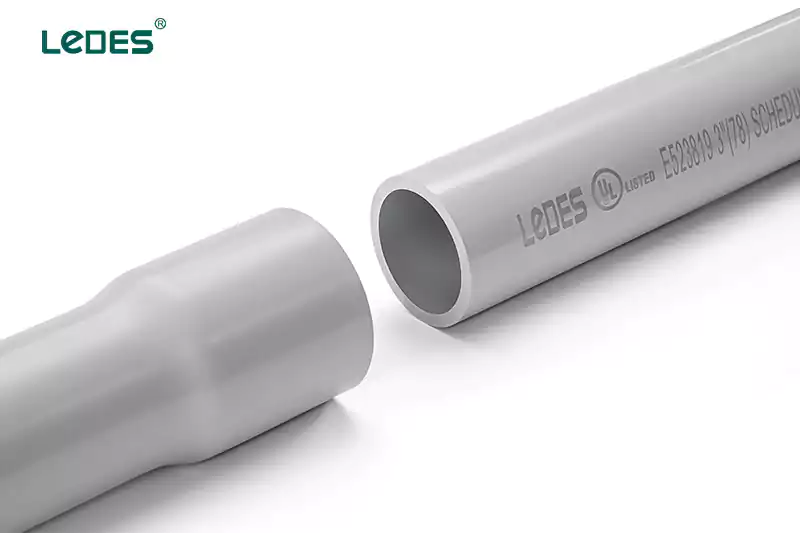
电气安装过程中可能会出现许多情况和场景,以下是针对不同场景的一些提示:
- 地面上跑步: 在地面上安装 PVC 导管时,务必考虑阳光照射、温度变化和机械保护等因素。可以使用抗紫外线 PVC 导管或涂有合适抗紫外线涂层的导管,以防止阳光老化。应使用足够的支撑和紧固件将导管固定到位。
- 埋地安装: 对于埋地 PVC 导管的安装,遵守当地建筑规范和法规至关重要。导管应埋置在适当的深度,以防止损坏并满足所需的埋置深度规格。此外,使用 80 号 PVC 导管,这种导管更坚固耐用,可以提供额外的保护,抵御外部压力和潜在冲击。
- 规划布局: 在为多分支电路安装 PVC 导管之前,请仔细规划布局,以确保高效的电缆布线和组织。请考虑电路数量、电路分布以及接线盒或面板的位置。
- 使用单独的管道: 根据电路的复杂程度,不同的分支或电路使用单独的导管可能会有所帮助。这样更容易识别、排除故障以及将来的修改。
- 标签: 正确标记导管、接线盒和电缆,以确保清晰识别电路并简化维护或维修。
- 查阅当地法规: PVC导管安装的防火要求可能因当地建筑规范和法规而异。务必查阅并遵守这些要求,以确保合规性和安全性。
- 使用防火材料: 在需要防火的区域,例如防火墙或天花板,请使用防火 PVC 导管及相关配件。这些材料经过特殊设计,可承受高温并防止火势蔓延。
- 防火: 在某些情况下,管道穿过防火屏障时可能需要使用防火材料或技术。这些材料通过密封缝隙并阻止火焰或烟雾的蔓延,有助于保持屏障的耐火性。
处理特定情况或要求时,请务必查阅当地法规、电气规范并寻求专业建议。这将确保 PVC 电线导管的安装安全可靠,并符合适用标准。
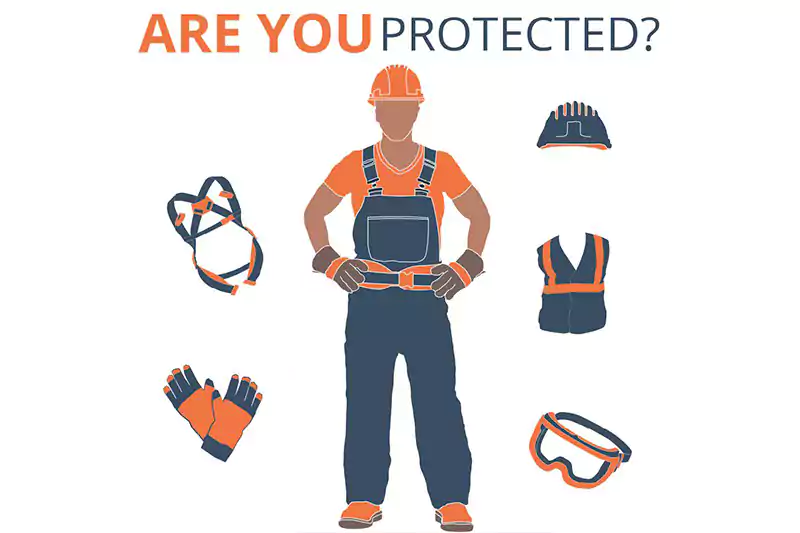
在安装 PVC 电线管时,应遵循几项安全注意事项,以确保安全的工作环境。这些包括:
– 遵守安全准则和程序对于防止导管安装过程中发生事故、伤害和电气危险至关重要。
– 熟悉当地电气规范、法规以及特定于导管安装的安全标准。
– 按照制造商的说明和建议的做法来处理和安装 PVC 导管和相关材料。
– 开始任何工作之前,请确保电源已关闭且电路已断电,以防止触电或事故。
– 在对导管系统进行操作之前,使用电压检测器或其他适当的测试设备来验证电路是否已断电。
– 避免在潮湿的环境中工作,以最大程度地减少触电风险。
– 保持所有工具和设备适当绝缘并处于良好的工作状态。
– 采取预防措施,防止意外接触带电部件或导体。
– 穿戴适当的个人防护设备 (PPE),以最大程度地降低受伤或接触危险物质的风险。
– 导管安装的常见 PPE 可能包括安全眼镜或护目镜、手套和防护服。
– 在可能存在空气污染物的环境中工作时(例如切割或钻孔管道时),请考虑使用呼吸防护装置,例如防尘面具。
– 确保工作区域有适当的照明,以提高可见度并降低发生事故或错误的风险。
– 搬运重型导管或设备时,请使用正确的起重技术,以防止拉伤或受伤。
– 保持工作区域的清洁和有序,以最大限度地减少绊倒危险并促进安全移动。
在整个安装过程中,请务必将安全放在首位。如果您对安装过程有任何疑问或遇到不熟悉的情况,请咨询合格的电工或相关专业人员。
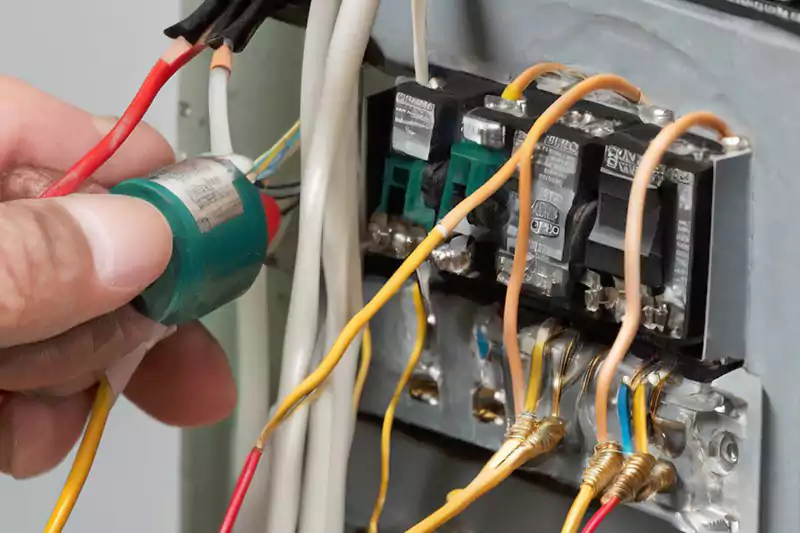
PVC导管安装的最后一步涉及导管系统的维护和长期保养。以下是此步骤的一些注意事项:
- 定期检查导管系统是否有磨损、损坏或老化的迹象。这包括检查导管是否有裂纹、断裂或变形,以及检查配件、连接件和接线盒。
- 注意导管暴露在环境因素(例如阳光、湿气或极端温度)下的区域,因为这些条件会加速磨损和变质。
- 及时解决任何发现的问题,以防止进一步损坏并确保电气系统的完整性。
- 保持导管系统清洁,无碎屑、污垢或其他污染物。定期清除导管内外积聚的污垢或碎屑。
- 避免使用可能损坏导管或其配件的研磨性或腐蚀性清洁剂。请使用导管制造商推荐的温和清洁剂或专用清洁剂。
- 检查并清洁导管开口(例如接线盒或外壳),以确保畅通无阻且正常运行。
- 主动解决导管系统中可能出现的任何潜在问题。这包括识别并解决可能导致磨损、损坏或故障的因素,例如电缆张力过大、支撑不足或环境条件。
- 定期检查和更新电缆管理实践,以确保电缆在导管系统内得到正确组织和固定。
- 及时了解可能影响导管系统维护或保养的电气规范、法规或行业标准的变化。并相应地实施必要的更新或修改。
通过定期检查、清洁和维护导管系统,并主动解决潜在问题,您可以确保 PVC 电工导管安装的长寿命和可靠性能。此外,遵循制造商的建议并咨询合格的专业人员,可以为长期保养和维护提供宝贵的指导。
总而言之,PVC电工套管的安装涉及各种复杂的细节,需要彻底了解这些细节,以确保符合安装规范和要求。遵循这些准则并正确进行安装对于保证电气系统的安全性和长期稳定性至关重要。 莱德斯 是一家专业生产PVC电线管的制造商,深谙安装要求。如果您有任何疑问, 请随时联系我们。


